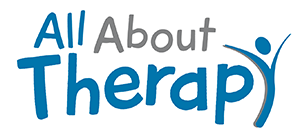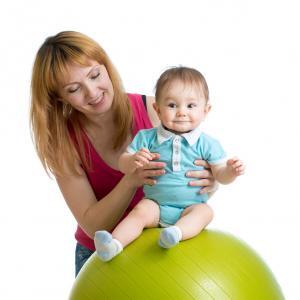Low Muscle Tone and Interventions Explained
Low muscle tone, or hypotonia, refers to decreased tension in a muscle when it is at rest. You’re child might feel floppy or it may feel like you’re picking up a child who is sleeping even though they are awake. Children with low muscle tone may also tire more easily because it takes more energy to use their muscles. Muscle tone and muscle strength are not the same thing, as your child can have strong muscles but still have low tone. Low muscle tone is neurologically based and generally cannot be changed. However, children can strengthen their muscles through occupational therapy and learn to compensate for low tone so they can better function in their daily activities.
My infant has low muscle tone. What can I do?
Infants with low muscle tone may have difficulty keeping their head up. One great intervention to increase trunk and neck strength to compensate for low tone is tummy time. Infants can be placed in tummy time on the floor or on their tummy on a pillow. Help your infant stay engaged by presenting toys at eye level (toys that make noise and light up can be a big hit in this position!). You can also try tummy time with your infant lying on your stomach to increase tolerance of this position by adding an element of social engagement (smile, coo, or sing songs with your infant on your tummy).
My school aged child has low muscle tone. What can I do?
One indicator of low muscle tone that I see often in preschool aged children and older is the inability to sit upright for long periods of time. These children are often slouching or leaning back in their chair due to fatigue maintaining an upright posture. Try helping your child strengthen their trunk muscles by having them sit on therapy ball. Sitting on an unstable surface requires activation of all the trunk muscles involved in sitting. Older children can use a therapy ball instead of a chair when doing tasks at a table.
My preschool aged child has low muscle tone. What can I do?
If your child is preschool aged they may require extra assistance sitting on a therapy ball by themselves. Have your preschool aged child sit on the therapy ball while doing a task that can be done on a low surface (a kids table, the edge of a sofa or chair, you may have to get creative!). Position yourself on another chair, on your knees behind your child or to the side of them and hold their hips on the ball. For an extra challenge, move the ball from side to side a little bit to see if your child can catch their balance (always be next to them in case they fall!).
Therapy balls can be purchased on Amazon.com for about $12! Look for one that is about 22 inches or 55 cm in diameter.



